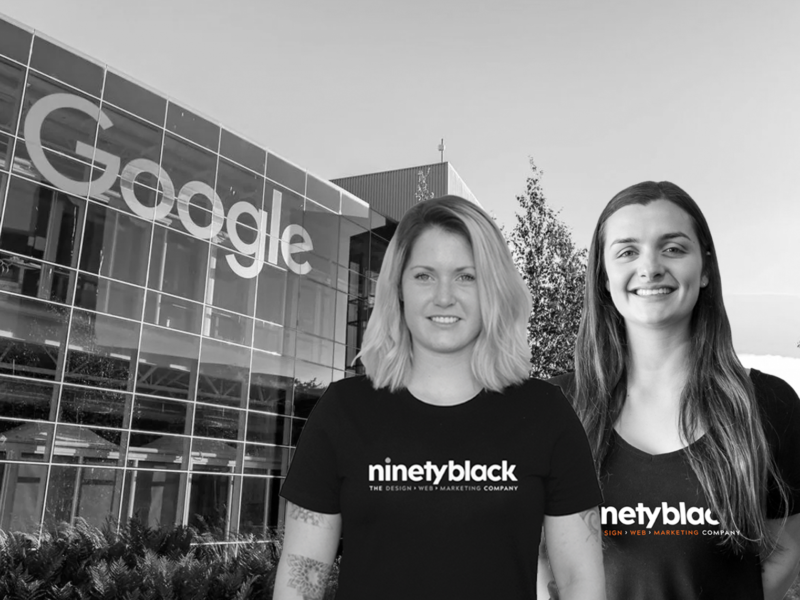How To Create A Buyer Persona
May 12, 2020

Author: Georgia Townshend
Reading Time: 3 minutes
Buyer personas are fictional, generalised representations of your ideal customers. They help you understand your customers and prospects better and make it easier for you to tailor content to their specific needs, behaviours, concerns and pain points.
The most valuable buyer personas are based on market research as well as insights from your actual customers collected through surveys and interviews. Depending on your business, you could have as few as one or two personas, or as many as 10 or 20. But don’t overwhelm yourself yet, we recommend you make a start with just one or two!
How do you start?
Buyer personas can be created through research, surveys, and interviews of your target audience. Its best to include a mix of customers, prospects, and others outside your existing contact database (who align with your target audience).
- While it may sound daunting, you can start by chatting with two or three appropriate people per persona and you’re on your way! Here are some practical ways for gathering the information you’ll need:
- Look through your current contacts database for trends about how certain leads or customers find and consume your content. Are there a few distinct groups?
- When creating information collection forms to use on your website or elsewhere, use form fields that capture important persona information. For example, if all your personas vary based on company size, make sure you ask each lead for information about company size on your forms!
- Ask your sales teams for feedback on the leads they’re interacting with most. What generalisations can they make about the different types of customers you serve? They may have developed their own lead qualifying criteria!
- Interview customers and prospects, either in person or over the phone, to discover what they like about your product or service. Bear in mind it’s important that you’re interviewing the right people!
How to Find Interviewees for Researching Buyer Personas
1) Customers
Your existing customer base is the perfect place to start with your interviews, because they’ve already purchased your product and engaged with your company! At least some of those are likely to be your target personas.
Reach out to both good and bad customers. You don’t just want to talk to people who love your product. For example, you may find that ‘bad’ customers may have a pattern you otherwise didn’t know or help you find flaws you could easily fix.
2) Prospects
Be sure to maintain a mix of people who have and have not purchased your product or interacted with your company. Your current prospects and leads are a great place to start because you already have their contact information. Use what data you have about them to figure out who might fit into your target personas.
3) Referrals
You’ll likely need to rely on some referrals to talk to people who may fit into your target personas, particularly if you’re moving into a new market or don’t have any leads or customers yet. Reach out to your network (co-workers, existing customers, social media contacts) to find people you’d like to interview.
If you don’t know where to start, try searching LinkedIn for job descriptions of people who may fit your target personas and see if you have any connections common!
People aren’t always going to be keen on participating, but don’t be discouraged. Try sweetening the deal by offering incentives like a coffee voucher, and make it explicitly clear that it’s not a sales call.
Now Use Your Research to Create Your Personas!
Now that you’ve gone through the research process, what do you do with it? How do you distill all this juicy new data so it’s easy for everyone to understand?
The next step is to use your research to identify patterns and commonalities from the answers to your interview questions. Use our free, downloadable persona template to organize the information you’ve gathered about your persona(s), just like this example. Develop at least one primary persona, then share these slides with the rest of your company so everyone can benefit from the research you’ve done, and develop a better understanding of the person (or people) they’re targeting and interacting with every day at work!




